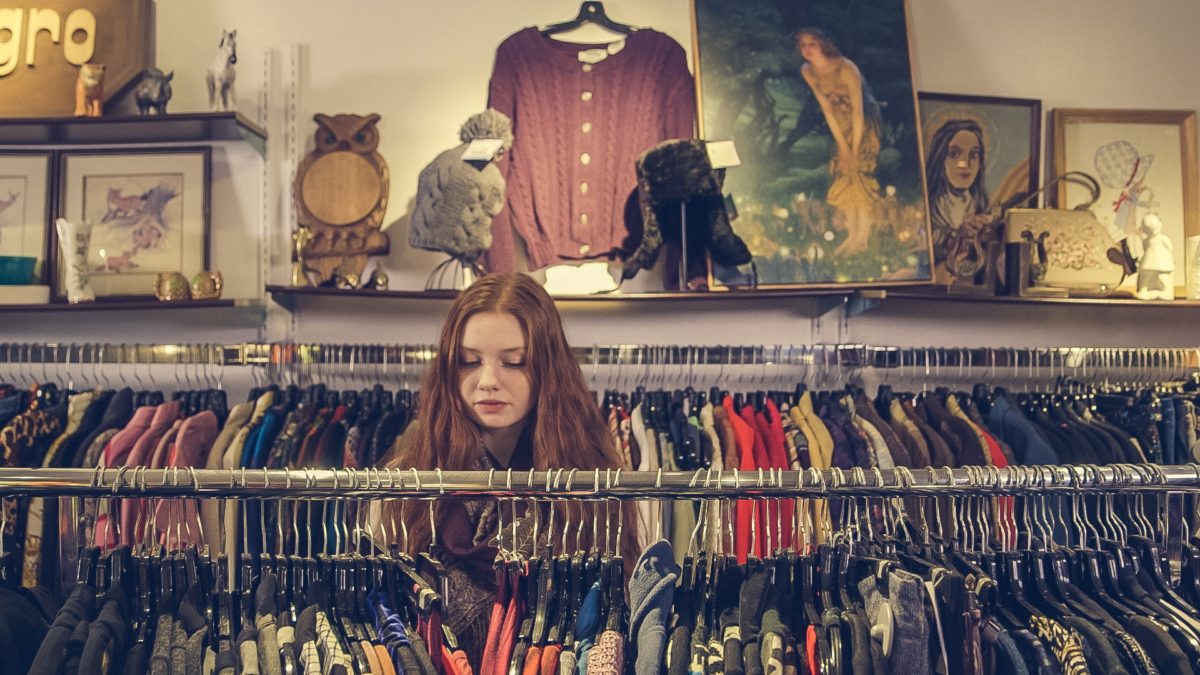If you’re interested in sustainability, then you probably know that fashion is the second-most polluting industry after oil. Given that we all need to wear clothes, sometimes its hard to think of a way to reduce your impact from what you buy. But the truth is, you can buy and wear clothes that harm the environment less, and without hurting your wallet. The high price of many sustainable clothing brands puts many people off, so this always helps. We’ve assembled a few tips to help.
Switch to natural fabrics
When we do the laundry, our synthetic fabric fibres shed tens of thousands of plastic microfibers. When we throw them away, they don’t degrade. For that reason, it’s best to pick natural fabrics such as cotton, hemp fibre, wool, or silk. For those who choose not to use animal products, the last two aren’t an option.
However, all of these fibres don’t have the ecological problems that synthetics have, and have a whole host of other benefits too. Cotton is great for the heat, and wool is great for heat or for the cold, depending on which item you buy. Both have moisture-wicking properties which synthetics don’t have. For the cold, there’s no better insulator than silk, and silk liners and garments do a great job of insulating you.
Buy timeless items, not seasonal trends
As some things never go out of fashion, it’s better to pick up a few essentials that you can wear for a long time. Some parts of fashion will switch from year to year, and you’ll feel compelled to change your wardrobe to match. However if you take the time to identify the items that really drive your wardrobe, then you’ll have far less of a negative impact on the environment, as your clothes will switch out far less. Perhaps you need a business-casual items. It would make more sense to buy one good wool jacket and some cotton shirts, than switching to different items as they come into season.
Donate and Buy Second-hand
Inevitably, no matter how careful you are with your wardrobe, sometimes you just don’t want certain things anymore. Maybe you’ve got clothes that don’t fit you, or you wanted to clean out your wardrobe before stocking it with sustainable items, and throwing them away would only contribute to the problem. That’s fine – it’s how we choose to dispose of them that’s the problem! Take them to a second-hand shop and ask if they’re accepting donations. Alternatively, if your clothes are perfectly serviceable, ask a local food bank if they know of somewhere to donate the clothes directly.
When buying yourself new clothes, see if you can find natural fibre items available second- hand before you try and buy them new. You might be surprised at what you find! Either way, it’s another way to switch your wardrobe to your new sustainable ethics without feeling any guilt over buying new things.




